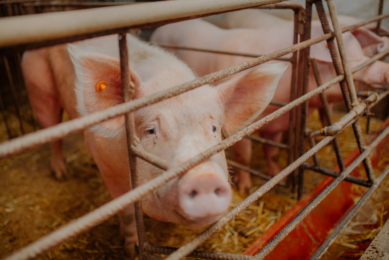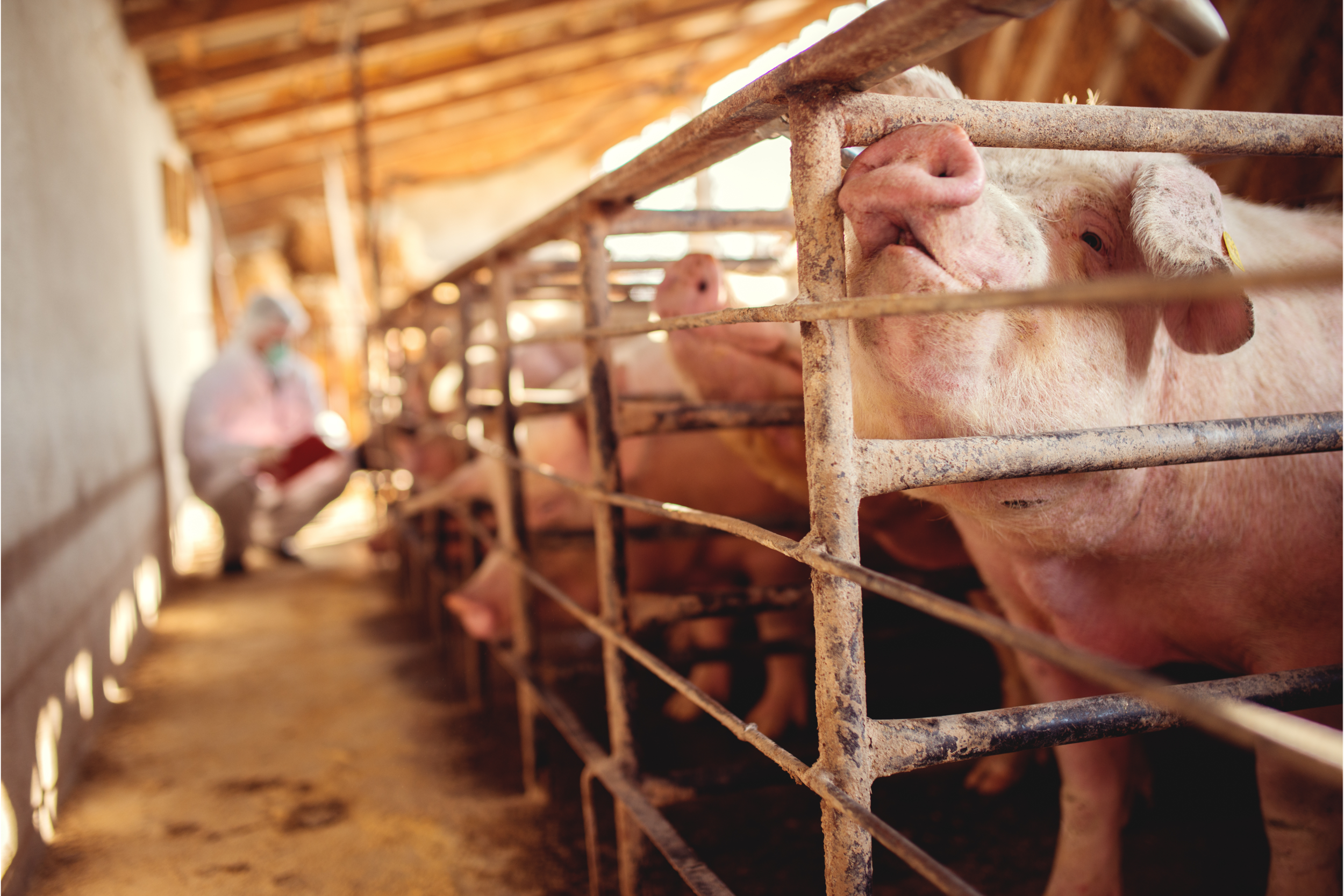Pork consumption and market in North America are volatile and worrying

Several domestic and global factors are impacting the pork market in North-America this year and some of the news is worrying.
Farm Credit Canada (FCC), an agricultural economic analysis and lending company, released a new pork and beef market update, noting that “all in all, volatility’s ahead for the sector.” Overall, pork demand had been growing in Canada up to 2019, but FCC notes that “throughout the pandemic (2020–2022), disposable income and pent-up demand benefitted the cattle supply chain while reducing demand for pork. However, pork prices are down relative to beef and chicken, which should move consumption towards pork, everything else being equal.”
The outlook for hog prices in Canada is not as rosy as it was at the start of the year, due to the closure of an Olymel processing plant in Quebec. “Margins of western farrow-to-finish operations will continue to be positive, whereas eastern margins will drop year-over-year for the second year due to softening prices and feed costs that are relatively higher than in the west,” states FCC.
US outlook
RaboResearch has recently published its Global Pork Quarterly Q2 2023: Consumption in Focus as Pork Industry Plans for the Future, stating that “weaker economic growth is beginning to take a toll on pork consumption” in the US and beyond. “Despite early signs that the worst of the inflationary impact may have already passed, the lagged impact on consumption is likely to be felt throughout 2023,” the authors state.
They add that” we see persistently high retail prices limiting consumption of all proteins. Consumers continue to conserve capital by shifting everyday purchases to lower-value protein options, switching channels, and moving to smaller pack sizes.” In reaction to these and perhaps other factors, Smithfield, the largest pork producer in the US, just closed dozens of farms.
However, RaboResearch insists that “in a slowing economy, pork remains well-positioned, as demand for the protein is historically less income-sensitive than more expensive proteins like beef.”
Losses substantial
Other developments of note in the report include a look at pork exports from the US and Canada, which “remain competitive in key markets, but hog production growth will slow as consumption softens. Losses are mounting.”
Indeed, US consulting and research firm Sterling Marketing, in its regular Pork and Beef ‘Profit Trackers, states that farrow-to-finish producers experienced losses of $ 13 USD (€ 15.78) per head in the week of May 7-13, 2023, approximately a doubling of the loss from the week before – and very dire compared to profits of $ 73 (€ 67.75) per head at the same point last year. Pork packers, notes Sterling Marketing, lost an average of $ 3 USD per head last week after breaking even the previous week.











